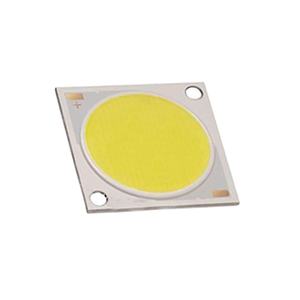Thyristors Online | High-Quality Power Semiconductors
“Thyristor Module Diagnostic Techniques: How to Ensure Reliability in Smart Grids”
(Diagnostic Techniques for Thyristor Modules: Ensuring Reliability)
In the world of power systems, thyristors play a crucial role in generating and regulating electricity. But like all components, thyristors can fail or experience issues that affect their reliability. That’s why it’s essential to have effective diagnostic techniques to identify and address any problems before they become major issues.
One of the key areas of focus when diagnosing thyristor modules is voltage regulation. This refers to the ability of the thyristor to maintain a stable output voltage at all times, even under varying loads or other conditions. When thyristors do not function properly, this can lead to instability in the grid and potential safety hazards.
Another important aspect of thyristor module diagnostics is current regulation. This refers to the ability of the thyristor to maintain a constant current flow regardless of load demand or other factors. Failure to regulate current correctly can result in reduced efficiency, increased wear and tear on thyristors, and potential safety hazards.
A third important area of focus is thyristor transient stability testing. This involves monitoring thyristors during periods of high load or short circuit conditions, such as those encountered in a transformer or wind turbine. Transient stability testing helps to identify any issues early on, allowing for prompt corrective action to be taken.
To ensure the reliability of thyristor modules, it’s essential to employ effective diagnostic techniques. These may include conducting a detailed analysis of thyristor behavior under different loading conditions, analyzing the output voltage and current under test conditions, and performing tests such as transient stability testing and fault identification.
One approach to diagnose thyristor failures is through simulation and modeling. By creating computer models of thyristor behavior, engineers can simulate different scenarios and predict how thyristors will respond under various conditions. This can help to identify potential issues early on and develop targeted solutions.
Another approach is through actual measurement and analysis. By deploying thyristors in real-world settings and measuring their performance under different conditions, engineers can gain insights into their behavior and identify any potential issues that may arise.
In conclusion, diagnosing thyristor modules requires an understanding of their behavior under different loading conditions, including voltage regulation, current regulation, and transient stability testing. To ensure the reliability of thyristor modules, it’s essential to employ effective diagnostic techniques, including simulation and modeling, actual measurement and analysis, and troubleshooting.
(Diagnostic Techniques for Thyristor Modules: Ensuring Reliability)
As technology continues to advance, thyristor module reliability will become increasingly important in smart grids. By investing in effective diagnostic techniques and implementing best practices for thyristor module management, we can help to ensure the continued reliability and reliability of our electrical infrastructure.


